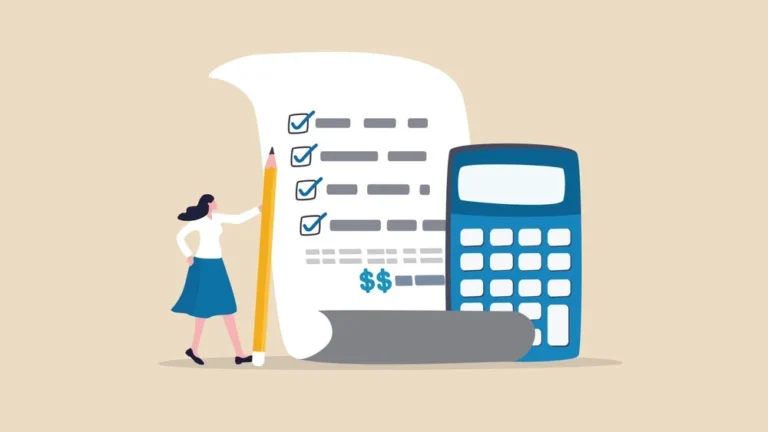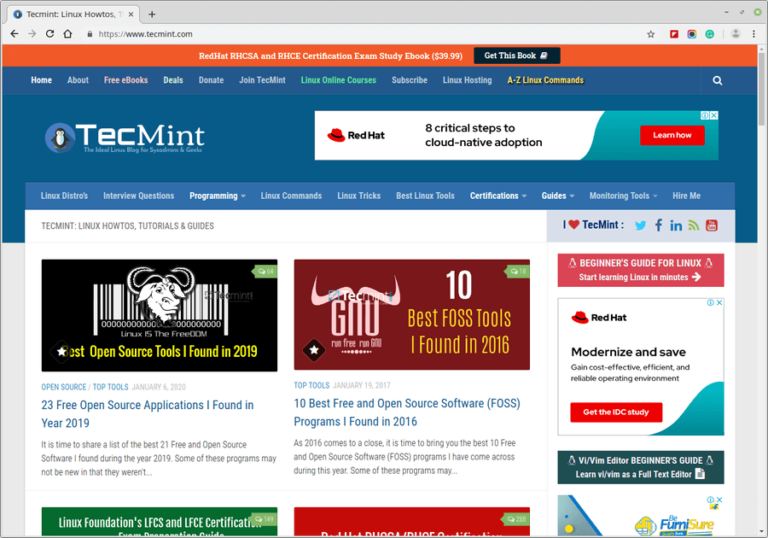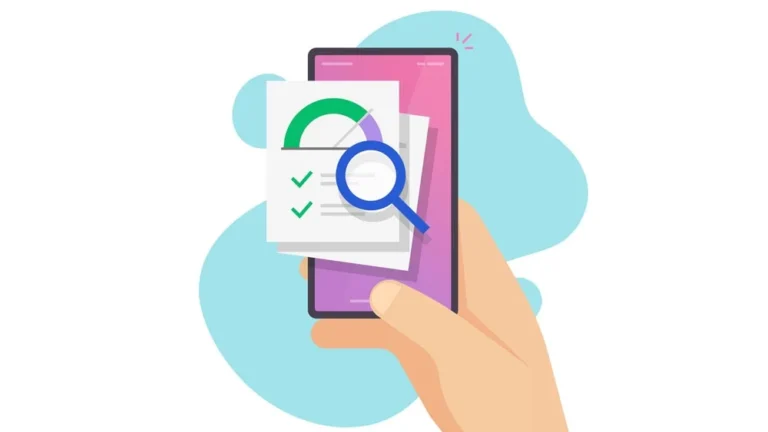Ranking your app high on the Play Store is crucial for its success, as higher visibility can significantly increase downloads and user engagement. To achieve this, you need a strategic and well-studied approach that combines optimizing your app’s metadata, enhancing its quality, and leveraging various marketing strategies. You can start by this guide. One that will help you delve into the deep folds of knowing the answer to your asked question, “how to rank my app in Play Store.”
You can start by focusing on delivering a top-notch user experience. That is, by ensuring your app is visually appealing, performs well, and is regularly updated. Encourage positive reviews and handle feedback professionally to boost your app’s credibility. Additionally, implement effective App Store Optimization (ASO) practices. They will help you promote your app through external channels in an efficient way. Regularly analyze performance metrics to fine-tune your strategies and stay ahead in the competitive landscape of app ranking.
Title and Subtitle Optimization: The Whole Process
Contents
- 1 Title and Subtitle Optimization: The Whole Process
- 1.1 How to Rank My App in Play Store? Focus on App Quality: User Interface and Experience (UI/UX)
- 1.2 Encourage Positive Reviews: Strategies to Increase User Ratings
- 1.3 How to Rank My App in Play Store? Leveraging The Power of App Store Optimization For Your Advantage
- 1.4 Work on Promoting Your App Externally
- 2 In Conclusion
Optimizing app metadata is a critical step in improving your app’s visibility and ranking in the Play Store. There are two main things that you should consider starting with. These two are your title and subtitle optimization. I consider these the very first elements users see. They play a crucial role in attracting your users’ attention. Ensure your title is clear, concise, and includes relevant keywords. Ones that reflect your app’s core functionality. The subtitle should also be clear and provide additional context. Furthermore, it should include secondary keywords to broaden your app’s reach. Moving on to app description best practices, craft a compelling and informative description that highlights your app’s unique features and benefits. Use clear, engaging language and structure your content with bullet points or short paragraphs to enhance readability.
Incorporate primary keywords naturally to improve searchability without keyword stuffing. Final step: conduct thorough keyword research to identify terms that potential users are searching for and integrate them strategically into your metadata. Additionally, localize your app’s metadata for different regions and languages to cater to a global audience, making your app more accessible and appealing to users around the world.
How to Rank My App in Play Store? Focus on App Quality: User Interface and Experience (UI/UX)
When it comes to app quality, why are user interface and experience (UI/UX) so crucial? A seamless and intuitive UI/UX not only attracts users but also keeps them engaged. An app that’s easy to navigate, visually appealing, and responsive tends to have higher user satisfaction and retention rates. But how do you ensure your app performs reliably? Performance and stability are key factors. That is because your app is expected to work without lagging or glitching.
Regular performance testing and optimization are essential to meet these expectations. What about updates and bug fixes? Regular updates are more than just about adding new features; they show users how you are committed to improving their experience by any means. Fixing bugs promptly prevents minor issues from becoming major problems. You know that little tiny hole in your leggings that if you just didn’t ignore or weave, it will get bigger and bigger and it will simply ruin the whole pair for you? That is why we always tend to identify and fix bugs before they lead us to have poor reviews or the misfortune of uninstalls.
So, how can you balance these elements effectively? By prioritizing UI/UX design, continuously monitoring and enhancing performance, and staying proactive with updates and bug fixes, you create a polished and dependable app that stands out in the crowded marketplace.
Encourage Positive Reviews: Strategies to Increase User Ratings

Encouraging positive reviews is a crucial component of boosting your app’s visibility and credibility. But how can you increase user ratings effectively? Start by making it easy for users to leave feedback; incorporate in-app prompts that ask for reviews at optimal times, like after a positive interaction. Also, consider offering incentives, such as discounts or extra features, to motivate users to rate your app favorably.
Once reviews start rolling in, how should you handle them? Responding to both positive and negative feedback shows that you value user opinions and are committed to improving your app. For positive reviews, a simple thank you can go a long way in building a loyal user base. When it comes to negative reviews, take a constructive approach: acknowledge the issue, apologize if necessary, and outline the steps you’re taking to address it. This not only helps in managing user dissatisfaction but also demonstrates your dedication to continuous improvement. How can you manage negative reviews without letting them impact your app’s reputation? Address them promptly and professionally, using them as opportunities to showcase your commitment to user satisfaction and app enhancement.
How to Rank My App in Play Store? Leveraging The Power of App Store Optimization For Your Advantage
App Store Optimization (ASO) is essential for improving your app’s visibility and ranking on the Play Store. By fine-tuning various elements of your app’s listing, ASO helps you attract more users and enhance your app’s performance. The importance of ASO lies in its ability to boost your app’s discoverability through optimized metadata, such as the app title, description, and keywords. This ensures that your app appears in relevant search results, making it easier for potential users to find and download it.
To effectively leverage ASO, use a variety of tools and techniques:
- Keyword Research Tools: Identify high-traffic keywords that align with your app’s functionality.
- Competitor Analysis: Study successful competitors to understand their strategies and find opportunities.
- A/B Testing: Experiment with different versions of your app’s listing to determine what resonates best with users.
Tracking and analyzing ASO performance is crucial to ongoing success:
- Monitor Key Metrics: Keep an eye on app downloads, rankings, and user reviews.
- Analyze Trends: Use analytics tools to track changes in keyword effectiveness and user engagement.
- Adjust Strategies: Refine your ASO tactics based on performance data to continually improve your app’s visibility and appeal.
Work on Promoting Your App Externally

Promoting your app externally is vital for gaining traction and boosting downloads. But where do you start? Social media and content marketing are powerful tools. By creating engaging posts and sharing valuable content related to your app, you can attract potential users and keep your current audience excited. Have you considered partnering with influencers? They can give your app a significant boost by showcasing it to their followers, who trust their recommendations. Influencer partnerships can be highly effective if chosen wisely.
Press coverage is another avenue—reaching out to tech journalists and bloggers can generate buzz and provide credibility. What about paid advertising? While it involves an investment, targeted ads on platforms like Google and social media can drive substantial traffic to your app’s page. The key is to tailor your ads to your target audience for the best results. Balance these strategies, leverage organic and paid promotions and you’ll see how they can help you achieve a broader reach and increase your app’s visibility. This is something that will ultimately lead to more downloads and a stronger presence in the Play Store.
In Conclusion
Successfully ranking your app on the Play Store involves a multi-faceted approach that blends effective strategies and ongoing optimization. Begin by fine-tuning your app’s metadata with well-chosen keywords and compelling descriptions to boost its visibility. Focus on delivering an exceptional user experience through a polished interface, reliable performance, and frequent updates. Encourage positive reviews and handle feedback constructively to build credibility and improve your app’s rating.
Implement robust App Store Optimization (ASO) practices and use external promotion and advertising to drive more attention to your app. Finally, regularly measure and analyze your app’s performance to adapt strategies based on real data and trends.
To streamline the app creation and uploading process, consider using nandbox’s native no-code app builder. It empowers citizen developers to create high-quality, customized apps with ease and efficiency, ensuring that you can launch and maintain an impressive presence on the Play Store. Start building your app today with nandbox and watch it rise through the ranks effortlessly!





